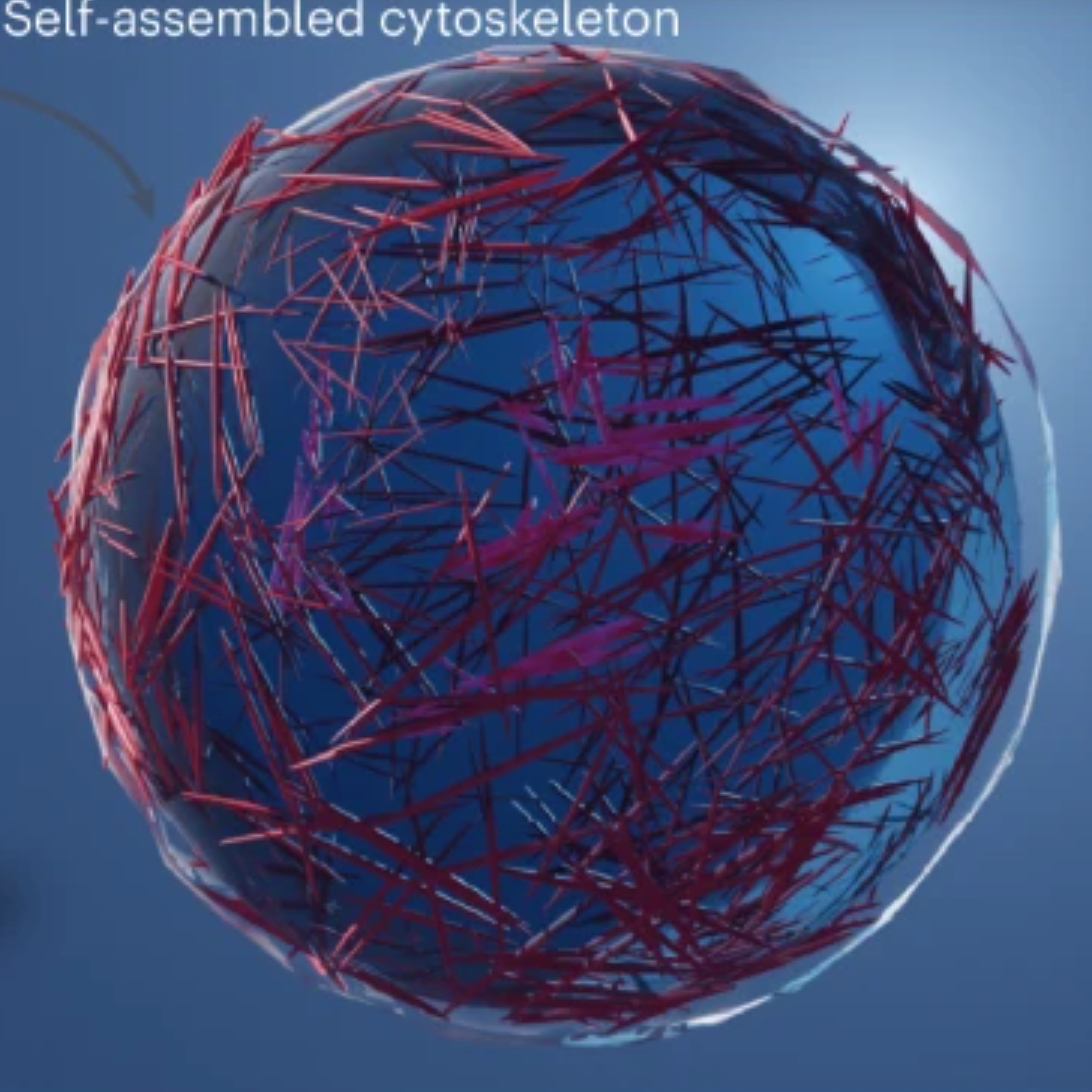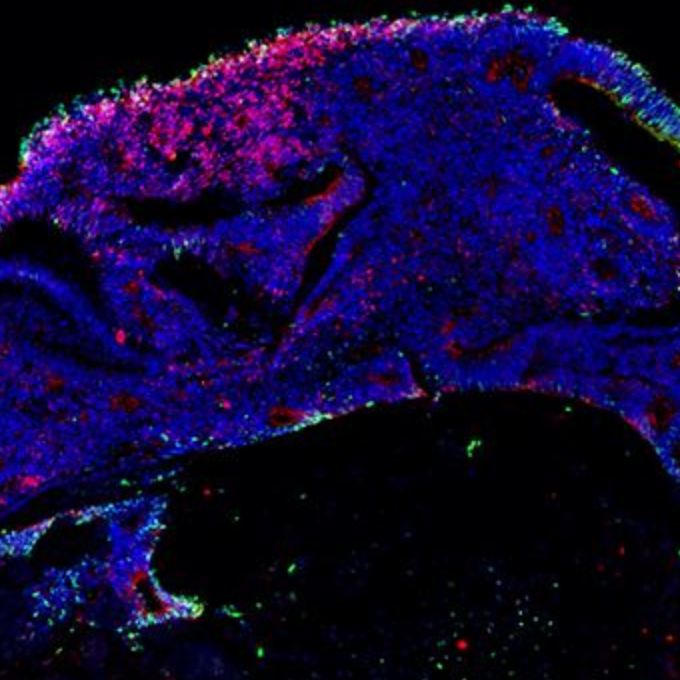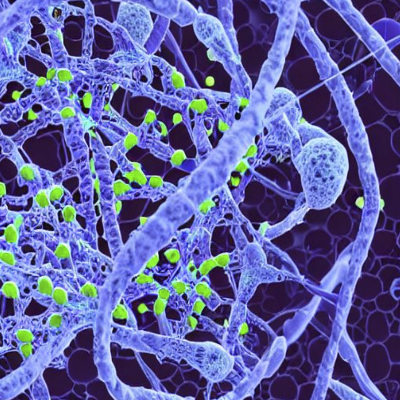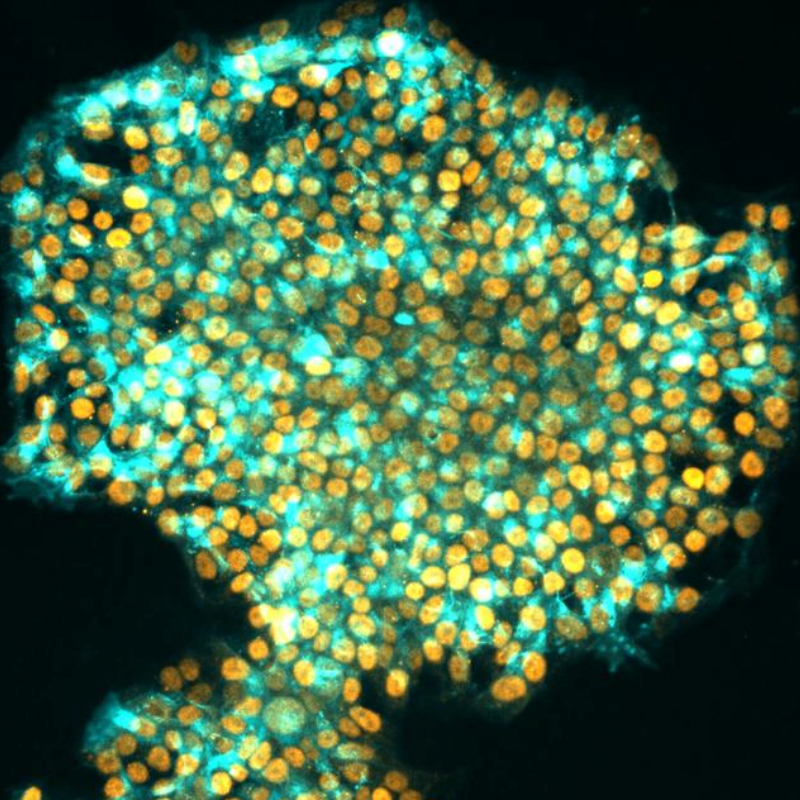Scientists build tiny healing biological robots from human cells
Dec. 01, 2023.
3 min. read
2 Interactions
Future healing uses may include clearing arterial plaque, repairing spinal cord or retinal nerve damage, and targeting bacteria or cancer cells
RELATED NEWS
These multicellular bots move around and help heal “wounds” created in cultured neurons (and other possible uses)
Researchers at Tufts University and Harvard University’s Wyss Institute have created tiny biological robots that they call Anthrobots from human tracheal cells. They can move across a surface and encourage the growth of neurons across a region of damage in a lab dish.
The self-assembling, multicellular robots, which range in size from the width of a human hair to the point of a sharpened pencil, are shown to have a remarkable healing effect on other cells. The discovery is a starting point for the researchers’ vision to use patient-derived biobots as new therapeutic tools for regeneration, healing, and treatment of disease.
The work follows from earlier research in the laboratories of Michael Levin, Vannevar Bush Professor of Biology at Tufts University School of Arts & Sciences, and Josh Bongard at the University of Vermont in which they created multicellular biological robots (biobots) from frog embryo cells called Xenobots. These are capable of navigating passageways, collecting material, recording information, healing themselves from injury, and even replicating for a few cycles on their own.
In the current study, published in Advanced Science, Levin, along with PhD student Gizem Gumuskaya, discovered that such bots can be created from adult human cells without any genetic modification and demonstrate some capabilities beyond what was observed with the Xenobots.
Repairing neurons
The researchers used human cells in the trachea to reboot to create new multicellular shapes and move over a surface of human neurons grown in a lab dish to encourage new growth to fill in gaps caused by scratching the layer of cells. (We all experience the work of ciliated cells when we take the final step of expelling the particles and excess fluid by coughing or clearing our throats.)
Exactly how the Anthrobots encourage growth of neurons is not yet clear, but the researchers confirmed that neurons grew under the area covered by a clustered assembly of Anthrobots, which they called a “superbot.”
“The cellular assemblies we construct in the lab can have capabilities that go beyond what they do in the body,” said Levin, who also serves as the director of the Allen Discovery Center at Tufts and is an associate faculty member of the Wyss Institute.
“It is fascinating and completely unexpected that normal patient tracheal cells, without modifying their DNA, can move on their own and encourage neuron growth across a region of damage,” he said. “We’re now looking at how the healing mechanism works, and asking what else these constructs can do.”
The advantages of using human cells include the ability to construct bots from a patient’s own cells to perform therapeutic work without the risk of triggering an immune response or requiring immunosuppressants.
How to make Anthrobots
Each Anthrobot starts out as a single celld, derived from an adult donor. The cells come from the surface of the trachea and are covered with hairlike projections called cilia that wave back and forth. The cilia help the tracheal cells push out tiny particles that find their way into air passages of the lung.
Earlier studies by others had shown that when the cells are grown in the lab, they spontaneously form tiny multicellular spheres called organoids.
Potential other vital uses
Levin says that if other features could be added to the Anthrobots (for example, contributed by different cells), they could be designed to respond to their environment, travel to and perform functions in the body, or help build engineered tissues in the lab.
Other uses of the bots could include clearing plaque buildup in the arteries of atherosclerosis patients, repairing spinal cord or retinal nerve damage, recognizing bacteria or cancer cells, or delivering drugs to targeted tissues.
Citation: Gumuskaya, G., Srivastava, P., Cooper, B. G., Lesser, H., Semegran, B., Garnier, S., & Levin, M. Motile Living Biobots Self-Construct from Adult Human Somatic Progenitor Seed Cells. Advanced Science, 2303575. https://doi.org/10.1002/advs.202303575 (open access)
Let us know your thoughts! Sign up for a Mindplex account now, join our Telegram, or follow us on Twitter.

.png)

.png)


.png)






0 Comments
0 thoughts on “Scientists build tiny healing biological robots from human cells”